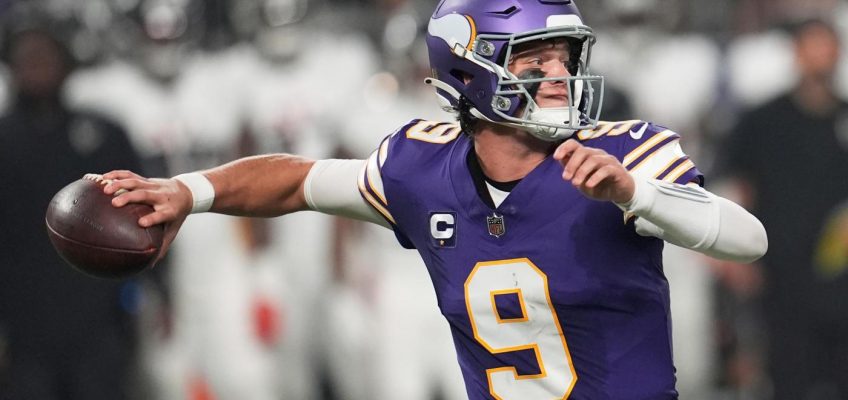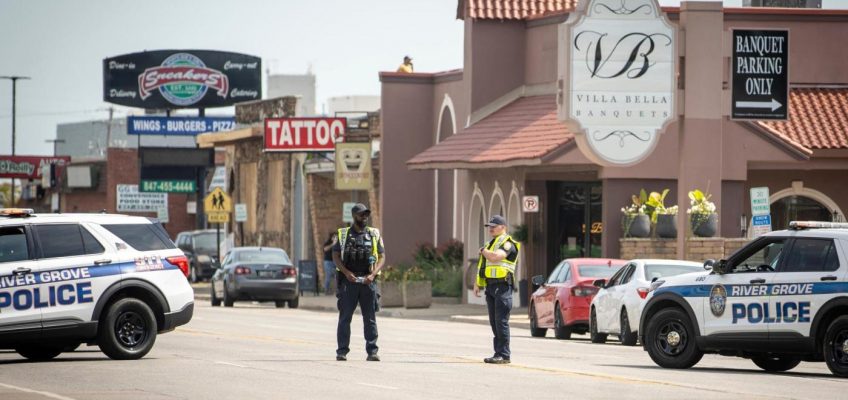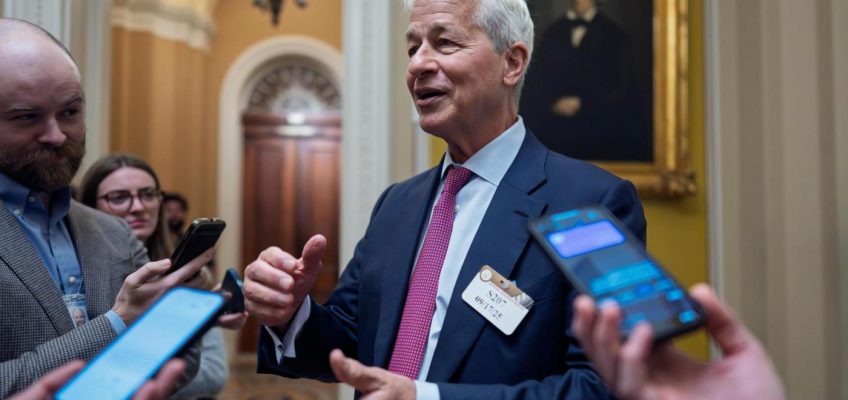After missing the past few weeks with a high ankle sprain, quarterback J.J. McCarthy returned to practice Monday at TCO Performance Center. It marked the first time he has practiced with the Vikings since suffering the injury last month.
Minnesota Vikings quarterback J.J. McCarthy (9) picks himself up off the turf after a play against the Atlanta Falcons late in the fourth quarter of a NFL game at U.S. Bank Stadium in Minneapolis on Sunday, Sept. 14, 2025. The Atlanta Falcons beat the Minnesota Vikings, 22-6. (John Autey / Pioneer Press)
Will he start for the Vikings against the Philadelphia Eagles on Sunday at U.S. Bank Stadium? That remains to be seen.
Asked if McCarthy would be available to play this weekend, head coach Kevin O’Connell chose not to speculate.
“I don’t necessarily want to put a percentage on where I think he’s at healthwise,” O’Connell said. “I think this week will be massive for our whole team to see J.J. back out there getting reps and working through the process of building that foundation back up.”
Though the Vikings were off on bye last week, meaning players were free to do whatever they wanted, McCarthy hung around the area to get work in. A good chunk of it centered on the fundamentals and techniques that go into playing the position at the highest level.
“It was great to get back on the grass,” O’Connell said. “We had some good sessions out there kind of getting back to a lot of the principles of lower body mechanics.”
That was an issue for McCarthy earlier this season. He didn’t always look comfortable when dropping back to pass, and while some of that stemmed from issues on the offensive line, the results spoke for themselves in the win over Chicago and in the loss to Atlanta.
Not only did McCarthy struggle to move the ball with consistency, completing 58.5 percent of his passes for 301 yards, he often held on to the ball too long. His average time from snap to throw is 3.15 seconds, according to Next Gen Stats, which indicates he wasn’t as decisive as he needed to be.
In comparison, veteran quarterback Carson Wentz has gotten the ball out of his hands much quicker. His average time from snap to throw is 2.55 seconds.
As he reflected on the past few weeks, O’Connell noted it has been valuable for McCarthy to see how Wentz has run the offense, especially when it comes to how everything functions from the standpoint of rhythm and timing.
As for whether it would be McCarthy or Wentz under center this weekend, O’Connell made it clear he would make the decision he feels gives the Vikings the best chance to beat the Eagles.
“We’ve got to prepare to try to win a game,” O’Connell said. “We really want to get our team ready to go, and in the process of doing that, J.J. has his plan of attack that we want to try to make sure we maximize.”
Briefly
The return of linebacker Blake Cashman could be coming sooner rather than later. After being placed on injured reserve with a hamstring injury last month, Cashman recently had his 21-day practice window opened. That is an important step in him returning. Though it’s unclear if Cashman will be able to play Sunday, he’s trending in the right direction after returning to practice.
Related Articles
The Loop Fantasy Football Update Week 6: Last-minute moves
The Loop NFL Picks: Week 6
J.J. McCarthy works through Vikings bye week in attempt to get back on field
Mizutani: Will trip to Dublin and London be turning point for Vikings?
Takeaways from the Vikings’ 21-17 win over the Browns




